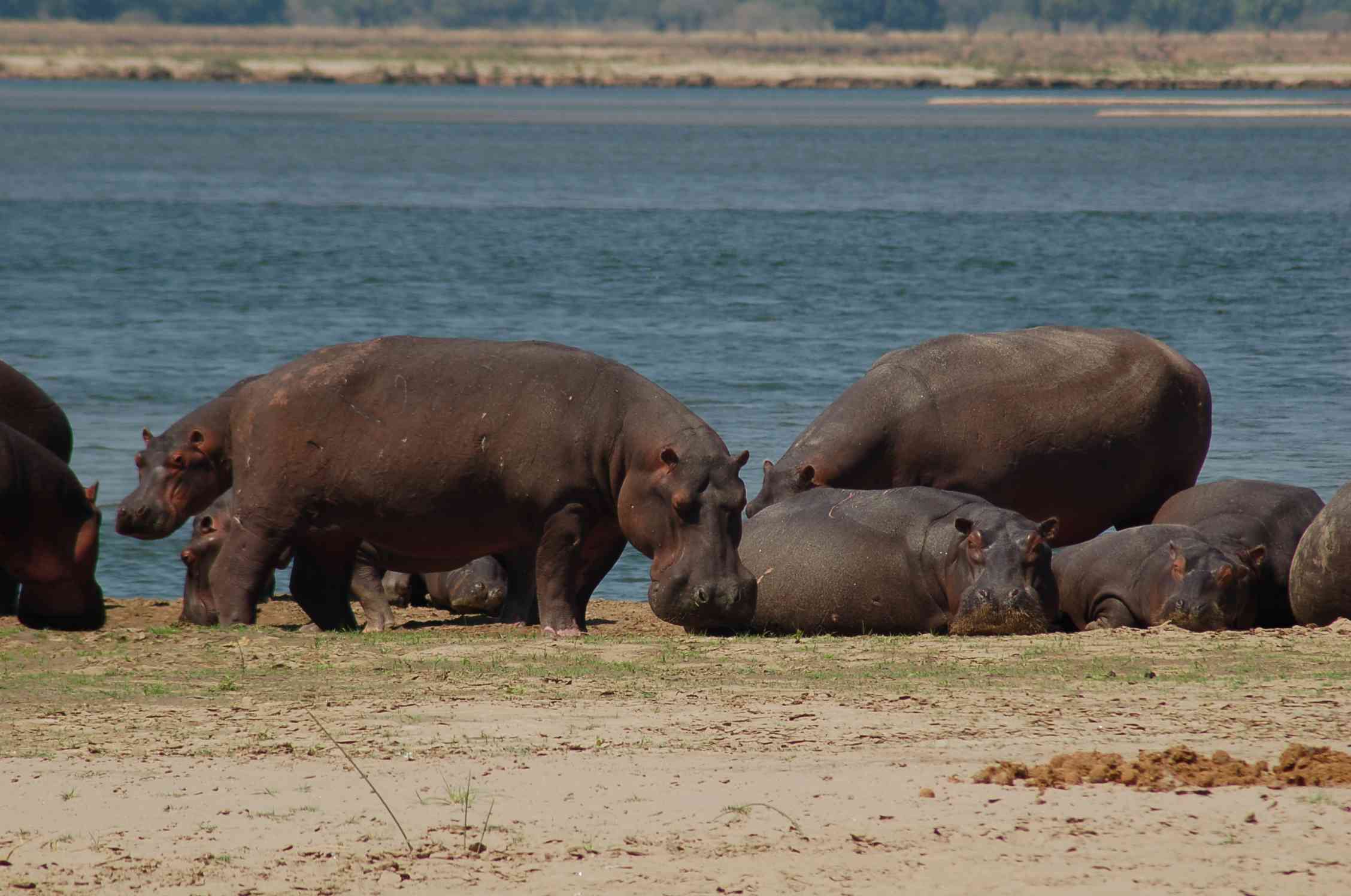
THE hippopotamus population along the Zambezi River is in a decline, a development that will affect the growth in tourism.
This was revealed during the first trans-boundary survey between Zimbabwe and Zambia conducted by the African Wildlife Foundation (AWF).
According to the survey, the decline has been attributed to droughts and human activities such as poaching along the shared water resource.
In October 2022, AWF supported a survey along a 262km stretch of the river.
The survey documented 1 424 hippos in Zimbabwe and 1 769 in Zambia.
Despite having fewer hippos, the Zimbabwean side recorded a higher number of hippopotamus pods (138) compared to the Zambian side (123).
The survey was conducted by boat within the mid-Zambezi Valley region, an AWF priority landscape.
The method allowed researchers to approach hippopotamus pods closely for better observation and helped establish more accurate data on the shared hippo population.
- ZAS: Much ado about nothing
- Kanyemba: Risking lives to stay alive
- ‘Binga not fully marketed’
- AWF and Nature's Best Photography award winners announced
Keep Reading
The last hippo census in Zimbabwe, conducted in 2002, covered the Zambezi River from below the Kariba Dam Wall to the Mozambique border at Kanyemba, opposite the Luangwa/Zambezi River confluence.
Previous surveys showed a population range between 5 763 and 6 320.
The study, published in the International Journal of Environmental Studies in March 2024, highlights insights into the population and distribution of the hippo specie in the Zambezi River.
It offers valuable recommendations for the management and sustainable utilisation of the Zambezi River hippo population and explores the factors affecting the distribution of these large mammals between Zambia and Zimbabwe.
Wildlife expert Jesse Zvikonyaukwa decried the decline in hippos, describing it as a blow not only to the hippopotamus species, but to the conservation and tourism sector.
“The decline is a great blow not to the hippo species, but to wildlife and tourism,” Zvikonyaukwa said.
“Hippopotamuses contribute immensely to the wildlife tourism sector, hence when their numbers decline, the sector is affected big time. Also, tourists travel thousands of kilometres to come and see these herbivorous species and by doing so, the economy boosts.”
Zvikonyaukwa said communities should work hand-in-glove with authorities such as Zimbabwe Parks and Wildlife Management Authority and its conservation partners in making sure the species does not face extinction.
“Communities need to fight in the same corner with the governments of the two countries in making sure hippopotamuses are conserved in the region,” Zvikonyaukwa added.
According to the study, the mid-Zambezi region experiences a severe shortage of grazing areas for four months annually, forcing hippos to migrate and congregate in certain habitats.
Additionally, poaching, hunting and human-wildlife conflict puts pressure on hippos, leading to a population decline.










